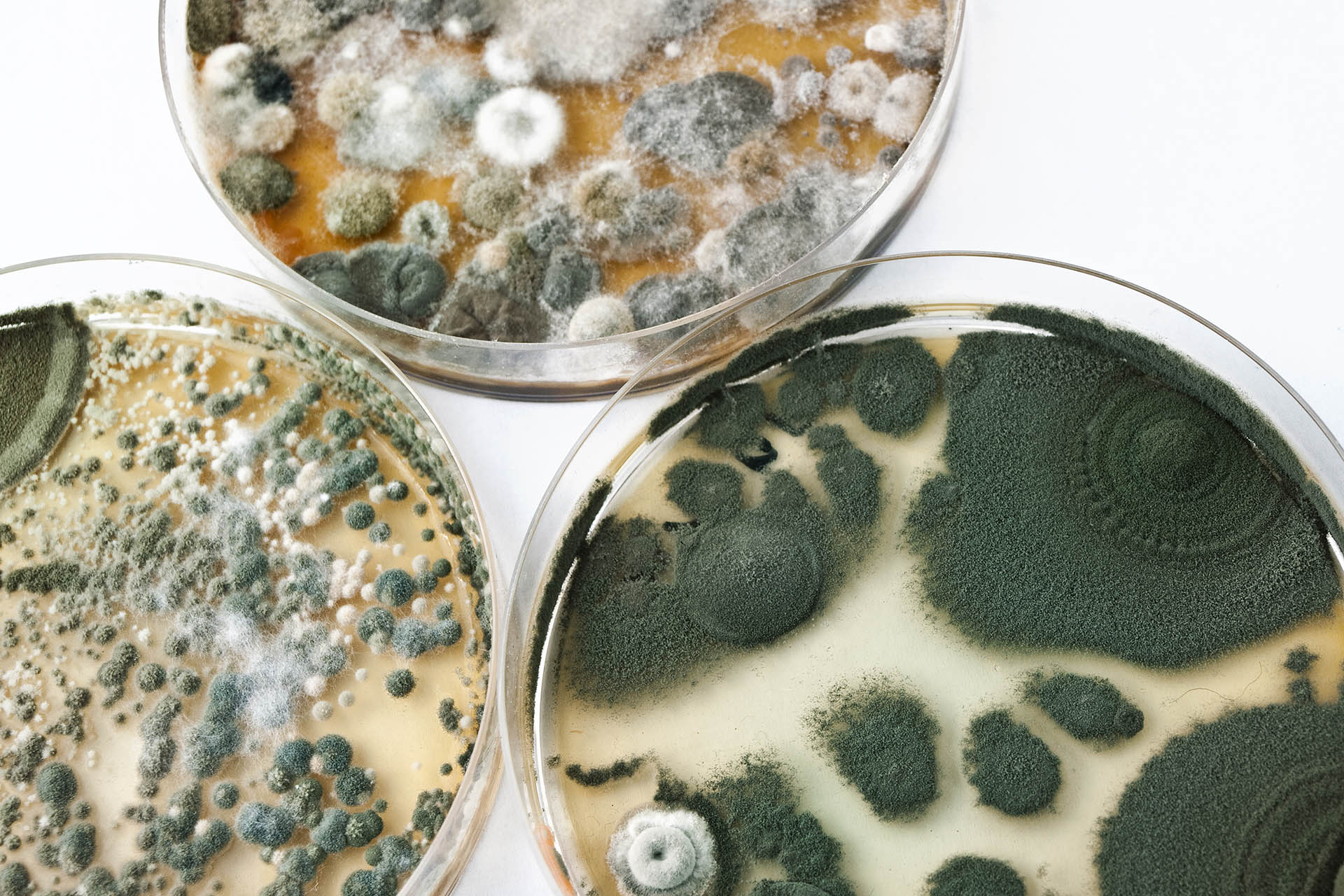Table Of Content

Another 2019 study emphasized that mycotoxins in the air have not been linked to disease. Mold allergies occur when your immune system overreacts to certain types of mold, which your body considers to be an allergen. This can result in symptoms such as sneezing and nasal congestion. You’re likely to find mold growing in the darkest, dampest spaces. More than a cosmetic problem, mold can damage your home and contribute to health issues.

If You Use Bleach to Clean up Mold
This can include building materials like wood and gypsum plasterboard and furnishings like carpet and curtains and even books and boxes. Immunotherapy works by gradually exposing your body to an allergen to reduce the severity of an allergic reaction over time. The allergen can be administered through injection (allergy shots) or a sublingual (under the tongue) tablet. A skin prick test is the most accurate way to diagnose an allergy.
Actions you can take to reduce mould
A mold rash occurs when your immune system regards mold as an allergen. The release of antibodies triggers allergy symptoms that can include coughing, wheezing, and a skin rash. Like any allergic reaction, a mold rash is triggered by an overly sensitive immune system. If you are sensitive or allergic to mold, your immune system identifies mold as an allergen, triggering an allergic reaction that leads to a mold rash and other allergy symptoms. All of that moisture creates a perfect environment for mold growth, leading to health risks and costly repairs.
How to Get Rid of Mold From Every Home Surface
Severe mold threatening family's home in Fort Benton - KRTV NEWS Great Falls
Severe mold threatening family's home in Fort Benton.
Posted: Sun, 17 Mar 2024 07:00:00 GMT [source]
It can cause lethal infections in people with compromised immune systems. As with several other families of molds, Aspergillus also includes at least one species that’s useful to humans. Aspergillus sojae is essential for making authentic soy sauce, miso and other fermented condiments.
The first indication of mold might be dark or discolored specks and patches forming on what was once white or light-colored grout. Similarly, caulk’s flexibility means moisture can be trapped behind it, allowing mold to grow both on its surface and underneath. When you discover a substantial amount of mold (10 square feet or more) or have people with weak immune systems in your household, it’s time to call in the pros. Mold remediation companies advertise online and might bring crews to communities with recent flooding. Professional mold remediation can be expensive, averaging $15 to $30 per square foot, with an average total cost of around $2,300, depending on the extent of the mold problem.
However, one species, Mucor indicus, is considered toxigenic because it can lead to fungal infection called zygomycosis, causing the death of living tissue. It can grow anywhere in the home where organic matter and sufficient moisture are present. Trichoderma is considered a toxigenic mold because it produces mycotoxins under certain conditions. Some strains of Trichoderma go into anti-fungal treatments for plants.
Perhaps mold along the bottom of windows where condensation develops during cold weather? Read below to find out more information about cleaning molds, preventing them from growing in your home, controlling moisture in your home, and how to report mold problems if you are a renter. Your walls, floors, appliances, carpet, or furniture – they can all provide the food mold needs to grow.
How to remove mold from plastic shower curtains and liners
Individuals with immune suppression are at increased risk for infection from molds. If you or your family members have these conditions, a qualified medical clinician should be consulted for diagnosis and treatment. Airborne mould spores are commonly found in both indoor and outdoor environments. When they land on damp spots indoors, they may begin to grow and spread. There is no practical way to eliminate all mould indoors; the way to control indoor mould growth is to control the source of moisture. However, it’s highly recommended to call a professional inspector who specializes in testing for mold in a house for an accurate assessment on the severity of the mold problem.
Continuous mold exposure can have serious health repercussions, especially if the growth is concentrated in bedrooms or living areas where residents spend much of their time. If possible, it’s a good idea to open a window to allow fresh air circulation and enhance the room’s air quality. Areas in homes that are commonly vulnerable to moisture issues include basements, bathrooms, kitchens, crawl spaces, attics, and the areas around windows or door frames. The moisture accumulation might stem from poor ventilation, leaking roofs or pipes, or groundwater seepage, or it might be due to external factors, such as being in a high rainfall zone. Homes that have been affected by flooding or have unresolved water damage can also become mold hot spots. Removing excess moisture can stop a mold problem from progressing, but the mold itself will need to be removed in order for it to go away completely.
Outdoors, molds play an important role in nature, breaking down dead leaves, plants, and trees. Molds thrive on moisture and reproduce by means of tiny, lightweight spores that travel through the air. Yes, that’s right, mold can even make an ugly appearance on your clothes. It looks like small black or white spots and often crops up on wet laundry which has been forgotten about, such as damp towels.
This guide will help you learn how to get rid of mold with cleaning tools and methods that can remove both the stains and the health hazard that mold presents. To test if the surface is covered with mildew or just dirt, dab the stain with a cotton swab dipped in household chlorine bleach. If the stain lightens or disappears after two or three minutes, it's mildew. If your home has been flooded and mold and bacteria have been left to grow for many days, it may be impossible to salvage fabric items and clothing. However, if mildew has developed due to dampness and is caught early, it can easily be removed from most machine-washable fabrics. The use of a chemical or biocide that kills organisms such as mold (chlorine bleach, for example) is not recommended as a routine practice during mold cleanup.


No comments:
Post a Comment